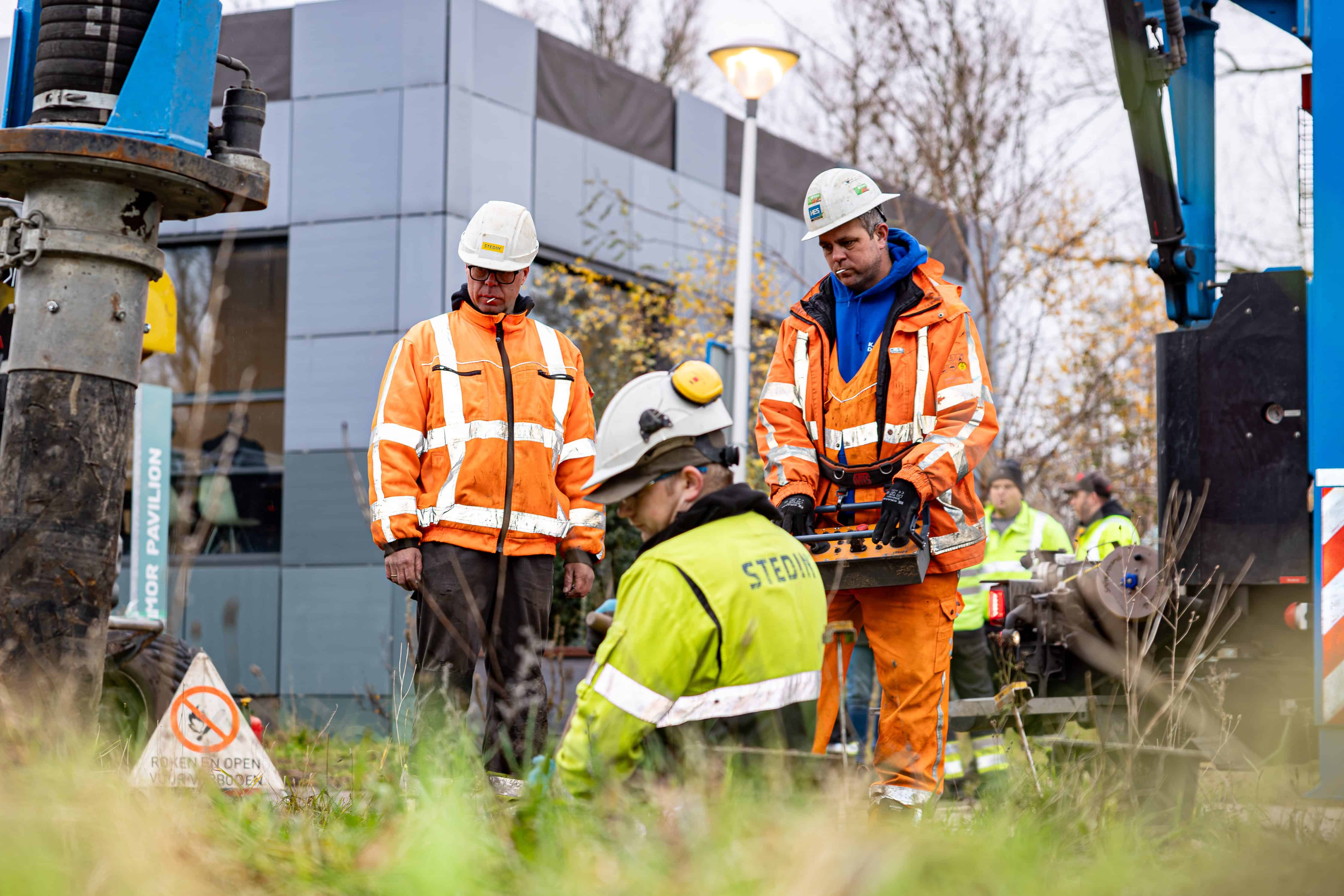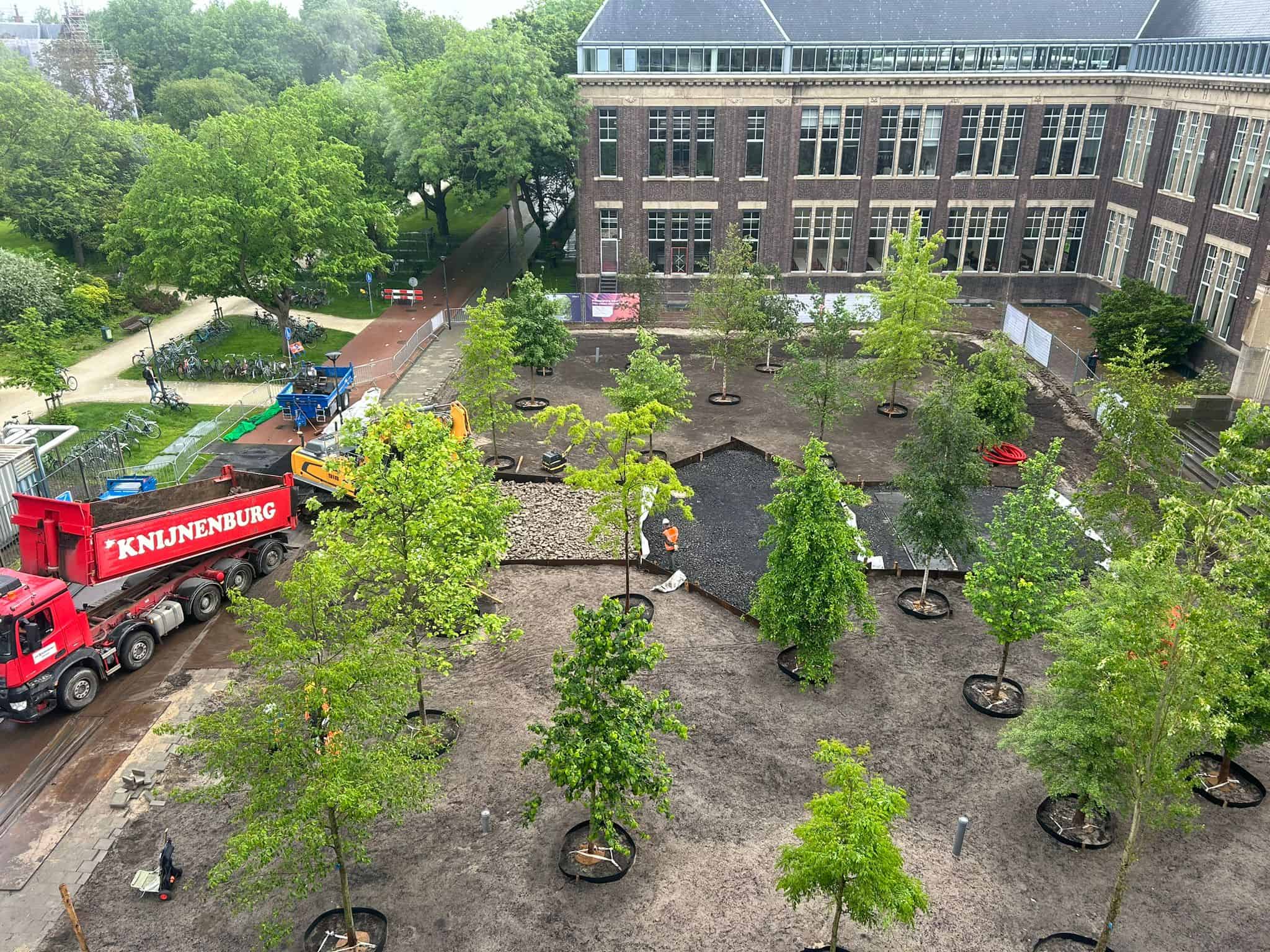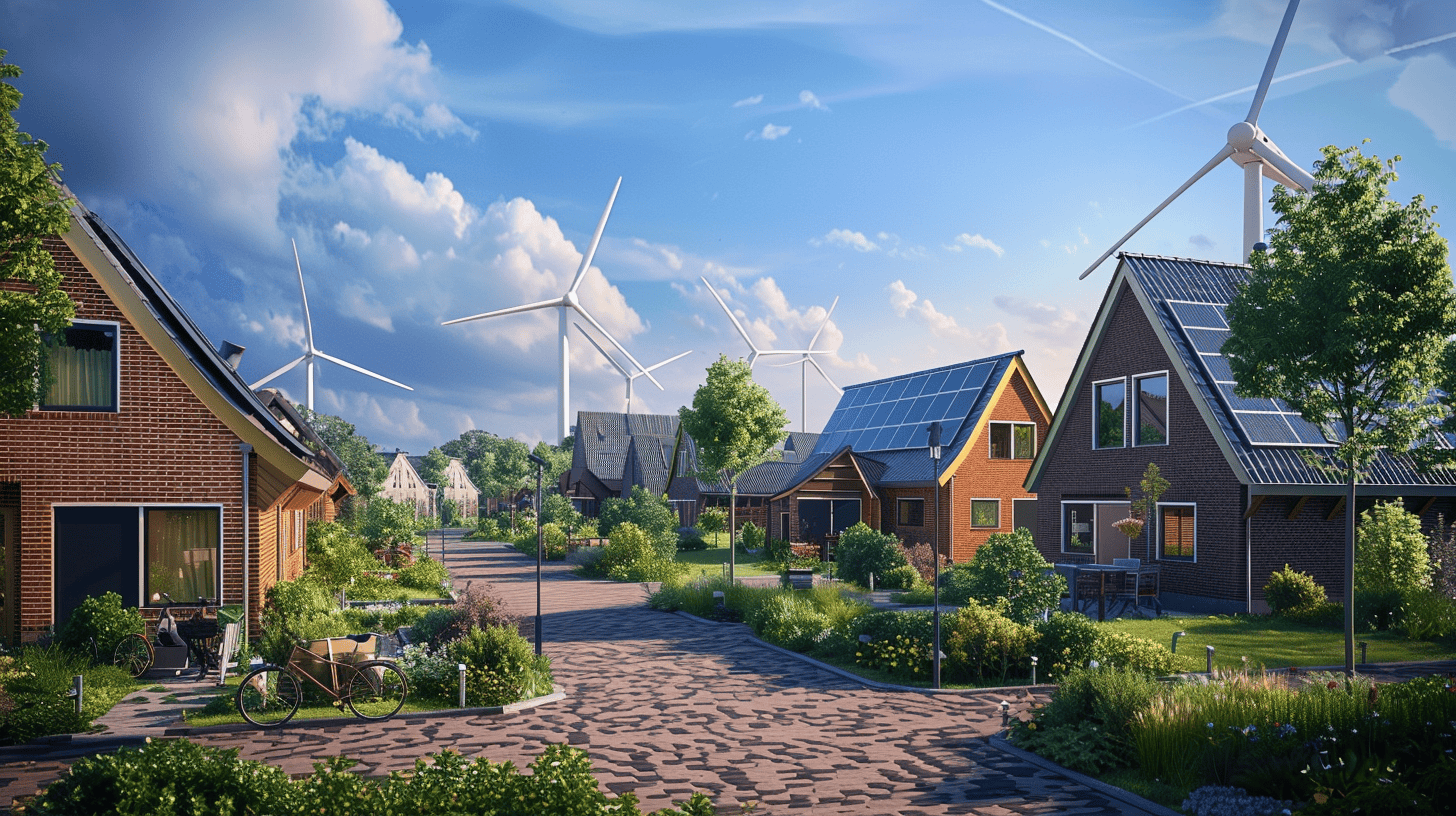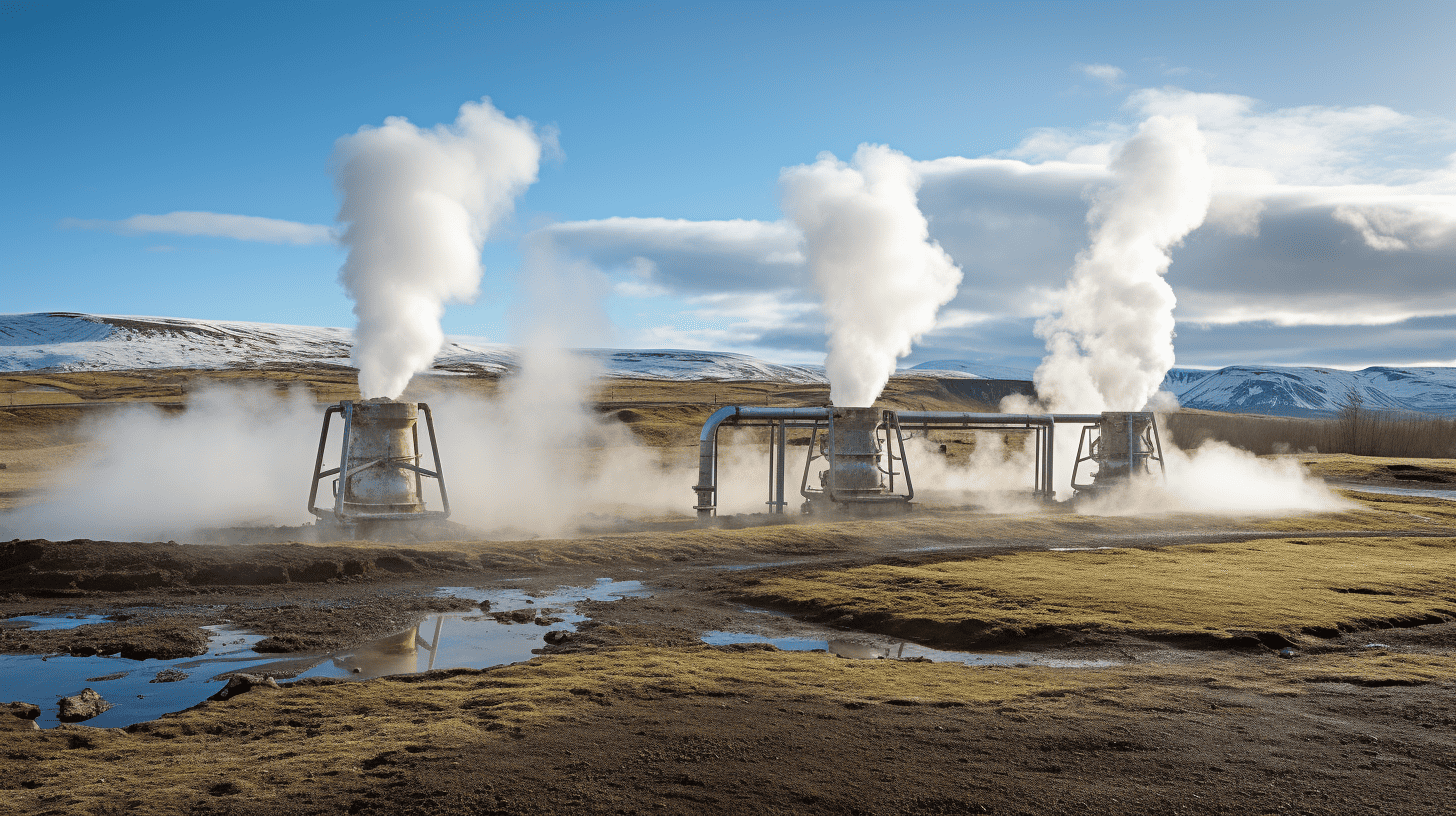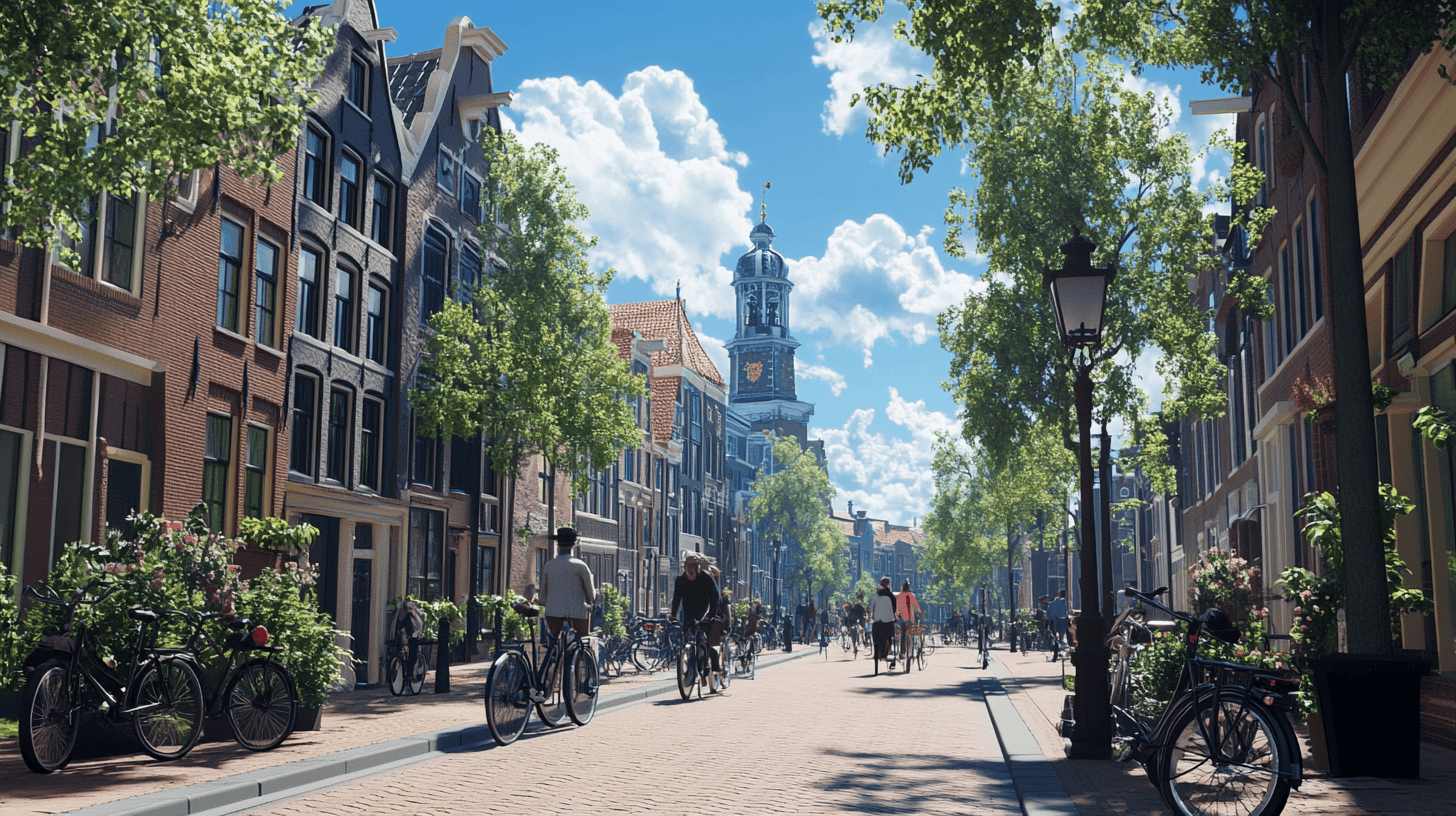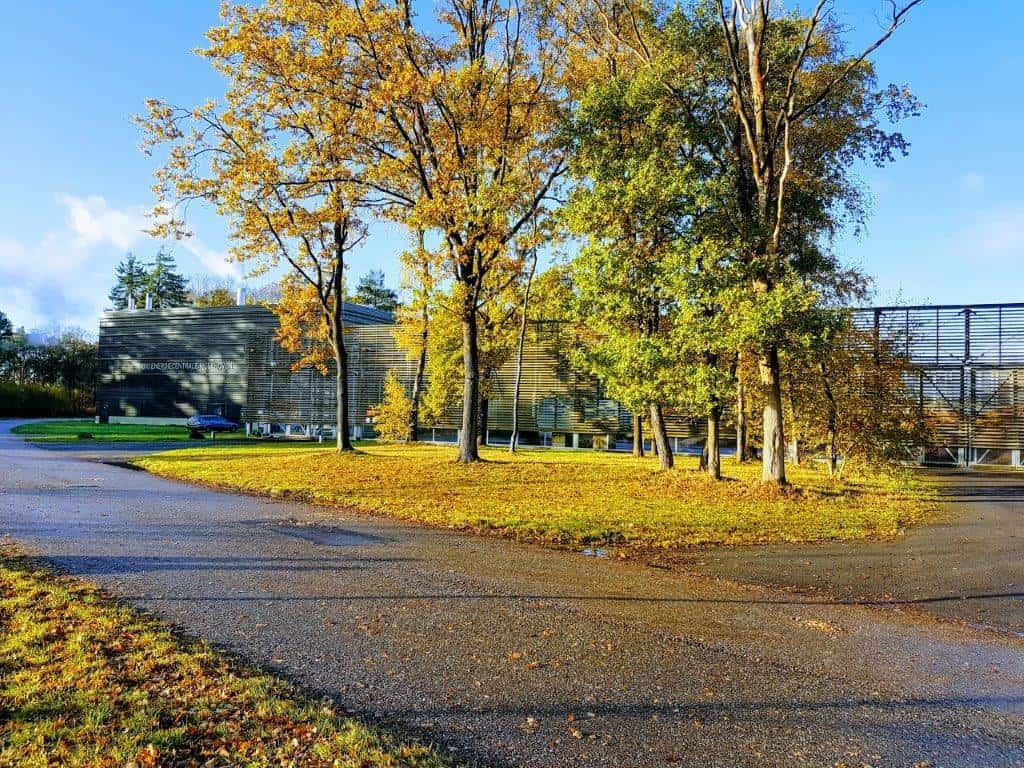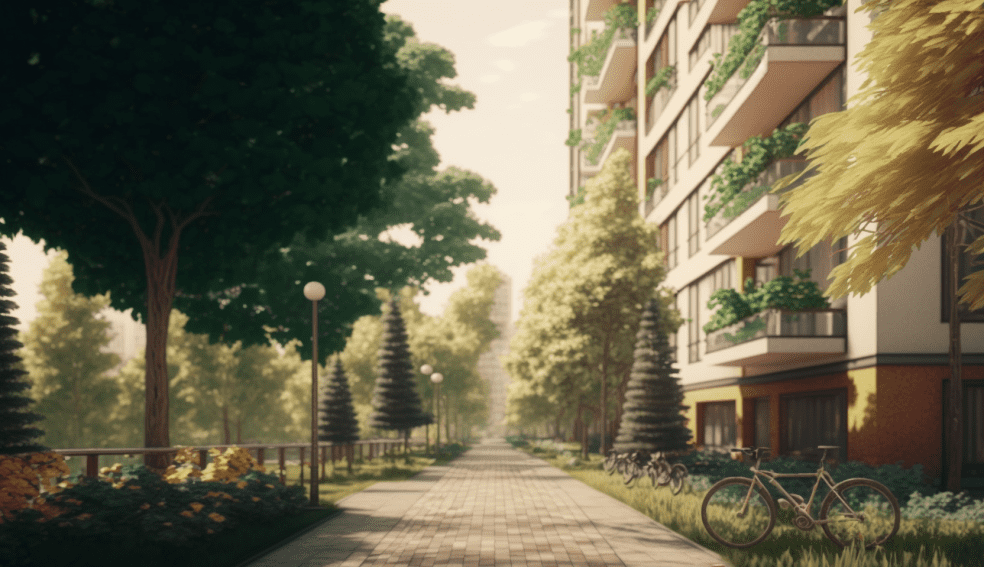
The HittePlein [Heat Square] at The Green Village on the TU Delft Campus is undergoing a revamp to create a more climate-resilient urban space, engaging 630 m² of both above and below-ground areas. Bam Infra Nederland’s design examines spatial, meteorological, and hydrological factors through an interdisciplinary approach. The project that will be officially launched after the summer offers flexibility for researchers and entrepreneurs to test innovative solutions. TU Delft researchers will explore the correlation between the water cycle and energy balance, aiming for sustainable water consumption and manageable urban temperatures while incorporating greenery as natural air conditioning.
A holistic approach to urban climate adaptation
Creating climate-resilient urban spaces requires a multidisciplinary effort. Urban microclimate researcher Marjolein van Esch of the Faculty of Architecture at TU Delft argues that understanding urban climates and specifically heat, demands the involvement of several fields of expertise, including climatology, meteorology, hydrology, architecture, landscape architecture, and urban design [1].
To foster an integrated approach, scientific research and practical applications in construction and engineering must be considered. The HittePlein experimental framework allows researchers to test designs and evaluate existing techniques to better understand the complex interactions between physical, biological, and built environments. Achieving these goals will contribute to improved design methods and guidelines for heat mitigation that can be integrated into everyday practices [1].
Green solutions
Moving toward a comprehensive solution to urban heat islands, there is a growing focus on integrating greenery and vegetation in urban spaces. Eva Stache, the designer of the new HittePlein, combines paving with green spaces and trees to cool the city environment. Greenery acts as a natural air conditioning system by providing shade and extracting thermal energy from the air through the process of evapotranspiration. Vegetation’s impact on urban temperatures, however, relies on sufficient water supply from the soil. Therefore, it is essential to determine the appropriate size of water buffers to support urban greenery effectively in relation to the local climate and understand the influence of soil composition on water consumption and heat. [1].
Urban heat island mitigation

Apart from incorporating vegetation into urban design, creating climate-proof urban spaces requires the use of advanced technologies and innovative material solutions. Reflective, light-colored surfaces and white roofs can lead to up to 50% more light reflection, effectively decreasing ambient temperatures [3]. Green roofs, offering insulation during the summer, further contribute to reducing the urban heat island effect and improving air quality [3]. Advanced, energy-efficient air conditioning solutions are vital in minimizing energy consumption and supporting the fight against climate change [2].
Additionally, urban water management is essential for addressing the urban heat island effect. This includes stormwater drainage systems and rainwater capture, storage, and reuse for irrigation and cooling purposes [2]. By maintaining the urban microclimate and contributing to water security, adequate water management is integral to creating sustainable urban spaces [2].
Improve public health
Tackling the urban heat island effect calls for combined efforts from multiple sectors, incorporating greenery in urban design, climate-proofing urban spaces, and investing in energy-efficient cooling technologies. Projects like the HittePlein exemplify holistic, interdisciplinary approaches to address this challenge. By adopting these strategies, cities worldwide can significantly reduce the impact of urban heat islands, improve public health, and support global climate change mitigation efforts.
Sources:
[1] TU Delft
[2] Weforum
[3] Conserve Energy Future



